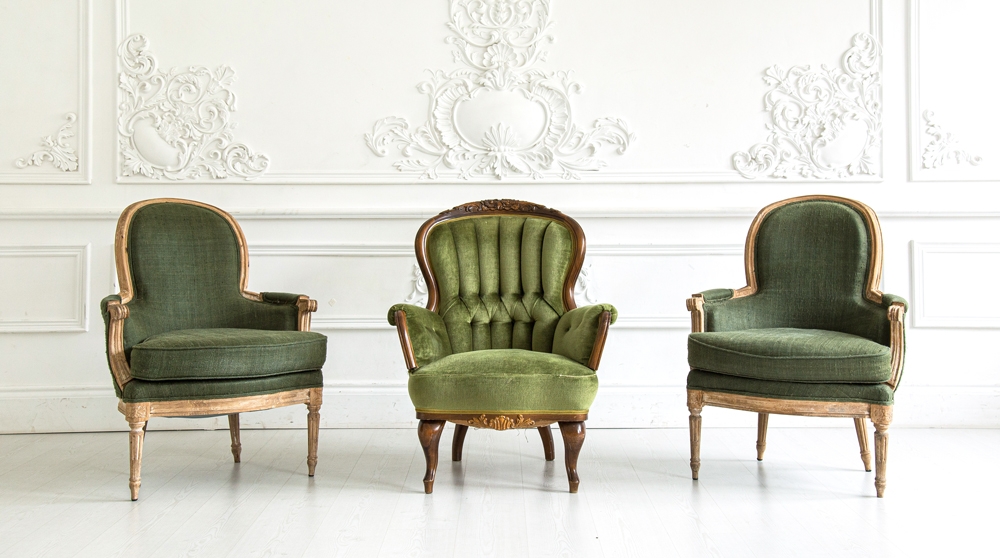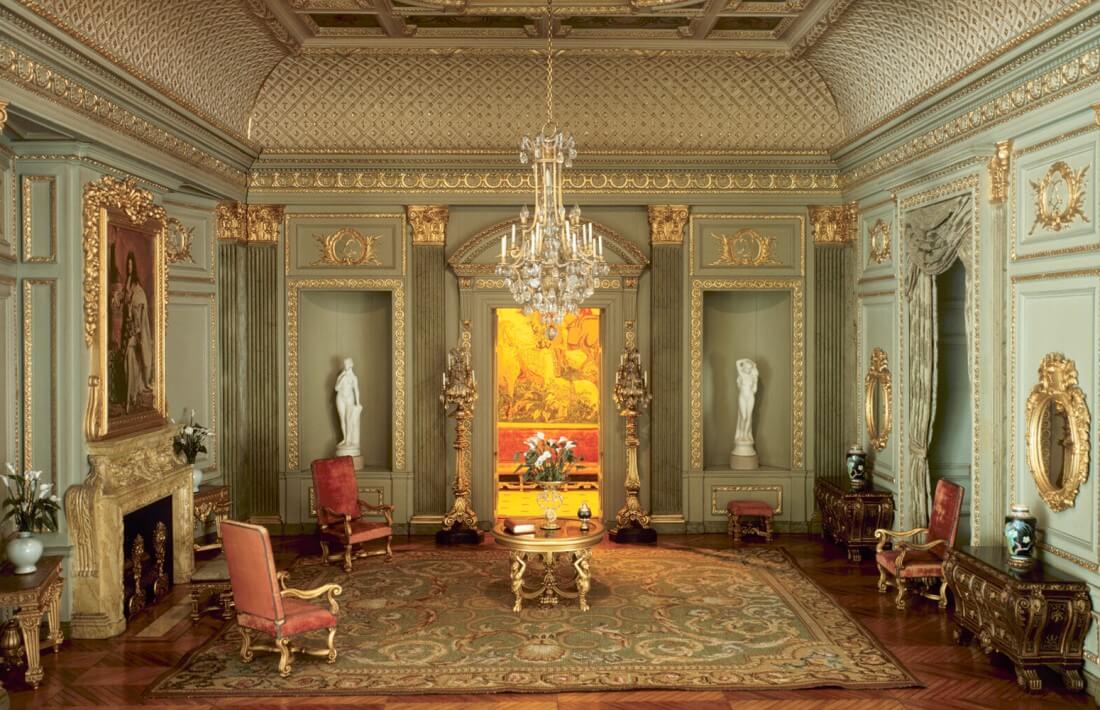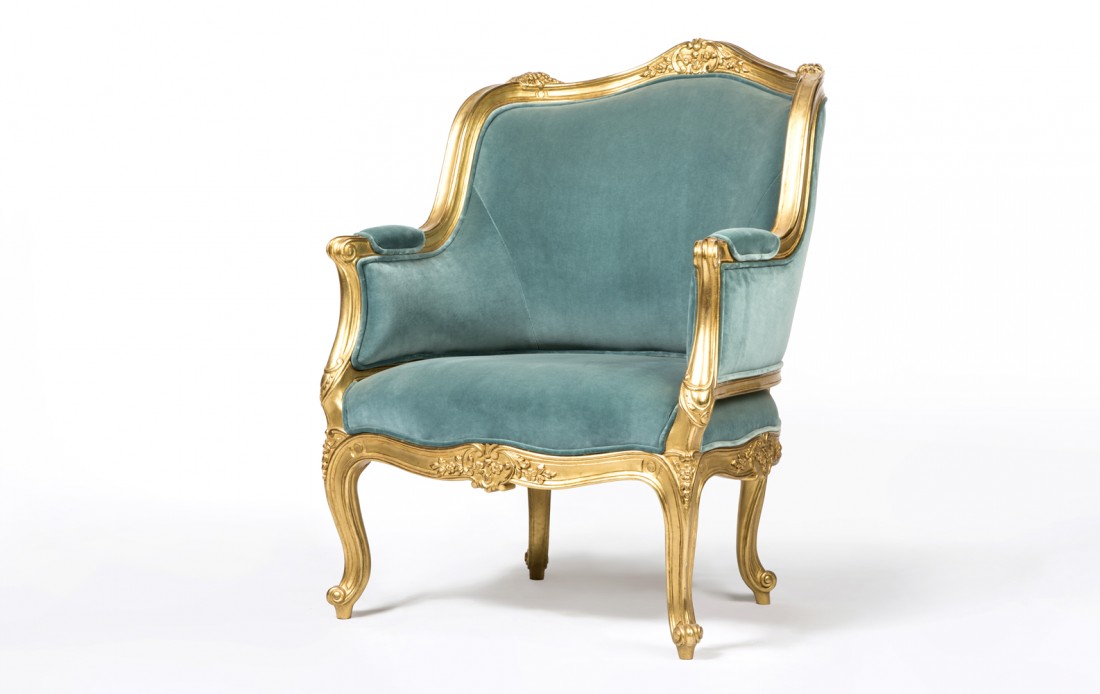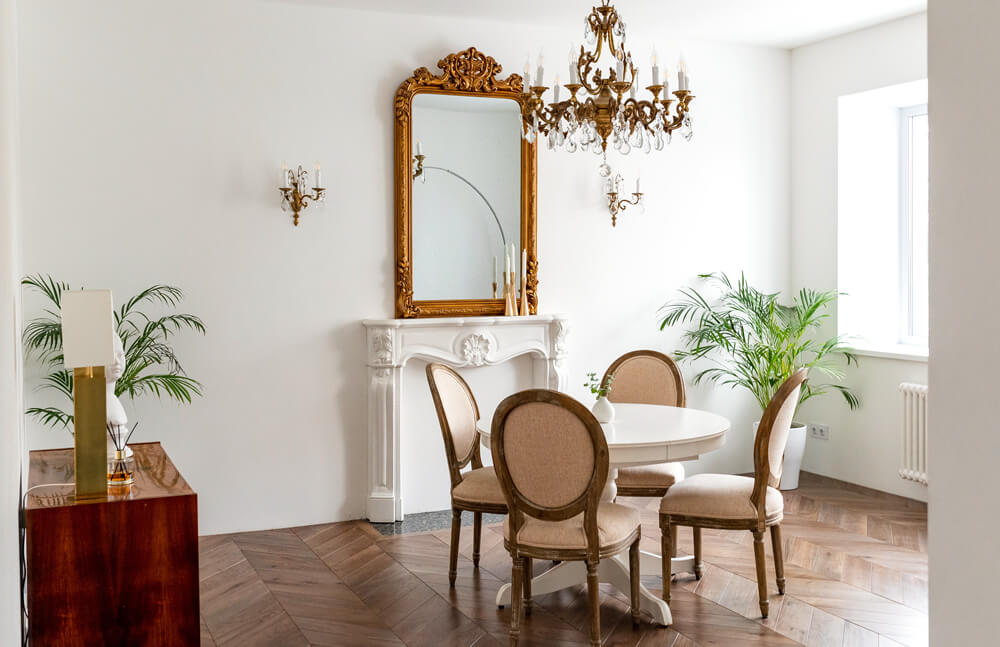Louis, Louis: How to Tell the Difference Between Louis XIV, Louis XV and Louis XVI Style Furniture

When it comes to furniture, there’s something about 17th and 18th-century French styles that has made people swoon for centuries. In fact, these styles, specifically Louis XIV, Louis XV and Louis XVI, have been replicated and emulated since their creation, making them must-own pieces for anyone with a love of luxury and elegance. While many love such designs, few know the nomenclature, and with such similar names, even those with a vague knowledge may not know the differences between them.
The vocabulary of the estate sale world can seem confusing. We get it. When you have related styles from the same time period, and they all go by "Louis," things can get especially bewildering. Not to worry. We’re here to set things straight.
Now, in the time before the French Revolution, kings called the shots. Not only did they reign over their people, but they also set design standards. While the preferred style of each could be referred to as “grandiose” or even “splashy,” (They were kings, after all) there are keen ways to tell the differences between them.
Today, we’ll share some easy methods for distinguishing between these three iconic French styles.
Louis XIV - If it ain’t Baroque, don’t fix it.
Louis XIV, otherwise known as The Sun King, hired the best of the best European artisans to lavishly decorate his palace, Versailles, and make France synonymous with wealth and luxury. Known as Baroque, this style was meant to express power.

Approximately 1660-1720
- Chairs resemble thrones with high backs, intricately carved accents and straight legs connected by H or X-shaped stretchers.
- Materials communicated wealth and included precious stones, tortoiseshell, brass, bronze, pewter, precious metals, ivory and exotic woods.
- While majestic and eye-catching, Louis XIV style wasn’t wildly excessive. Pieces were designed to be symmetrical, balanced and contained.
- Popular motifs included festoons, garlands, dolphins, cartouches, satyrs, cherubs and mythological themes.
Louis XV - Let’s get wild. Let’s get Rococo.
The Louis XV style is synonymous with Rococo. This period was all about connecting with life and nature and bringing lavish, organic motifs to functional design. The style featured both form and flourish, however, with high polish finishes, rich ornamentation and opulent forms, the flourishes took center stage.

About 1730-1750
- This style is highly ornamental. It’s all about unconstrained curves, harmonious asymmetry and over-the-top movement.
- Chairs had rounded backs, padded seating, intricately carved surfaces, curved cabriole legs and spiraling whorl feet. Fun fact, armrests were shortened to accommodate the fuller skirts of aristocratic women.
- Materials continued to communicate wealth and included rare woods, mother-of-pearl, precious metals, ivory and bronze. Woods were often painted or lacquered.
- Chinoiserie, the imitation or evocation of Chinese motifs and techniques in Western art, was en vogue.
- Popular motifs included medallions as well as natural designs such as shells, birds, acanthus leaves, rosettes, landscapes and florals.
Louis XVI - Let them eat cake.
Louis XVI was influenced by his great-great-great-grandfather, Louis XIV. He defied the florid style from the previous reign of Louis XV and went in a refined, Neoclassical direction. The style focused on geometric forms and straight lines and referenced classic Greek architecture.

About 1775 to 1790 (The French Revolution)
Forget the over-the-top designs of Louis XV. The Louis XVI style is all about refined elegance and an appreciation for antiquity.
- Chairs have shield or oval-shaped backs and straight, often fluted legs.
- Popular motifs include trophies, Greek friezes, sphinx, acanthus leaves and column accents.
Shop for Vintage and Antique Furniture
While it is difficult and costly to find authentic 17th and 18th-century pieces, finding antique, vintage and contemporary items influenced by these styles could not be easier on your efforts or your wallet. How? Shopping estate sales, of course. Blue Moon regularly sells high-quality furniture and decor that’s fit for a king. No crown or scepter required.
